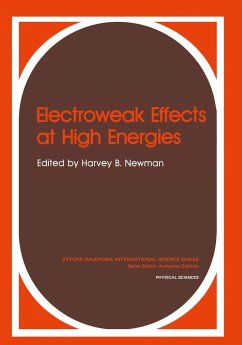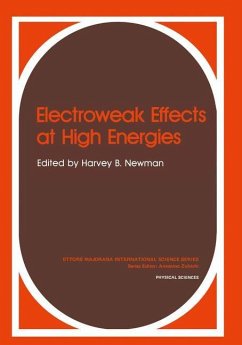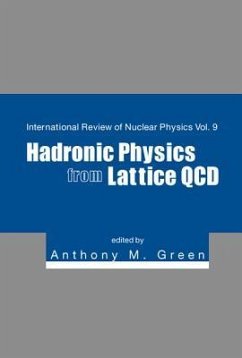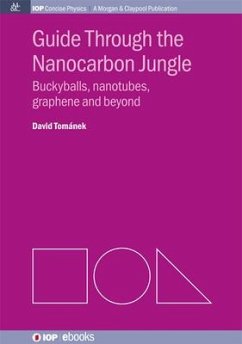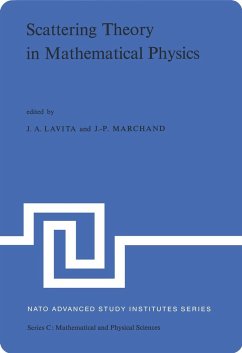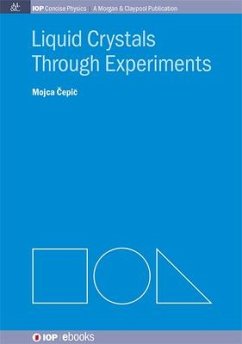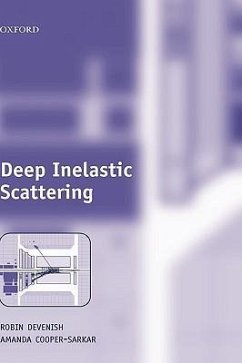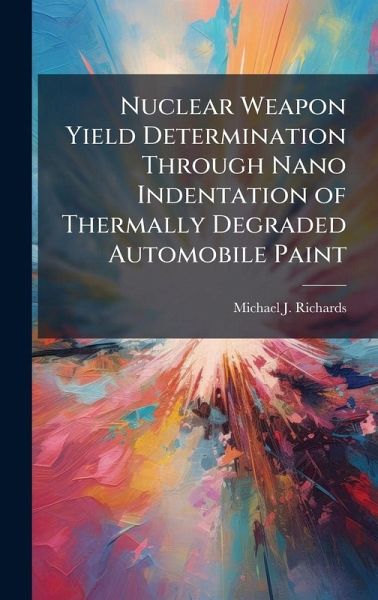
Nuclear Weapon Yield Determination Through Nano Indentation of Thermally Degraded Automobile Paint
Versandkostenfrei!
Versandfertig in über 4 Wochen
28,99 €
inkl. MwSt.
Weitere Ausgaben:

PAYBACK Punkte
14 °P sammeln!
This work investigated the suitability of automotive clearcoat as a nuclear weapon yield sensor, using the change in elastic modulus as the primary metric. The AFIT Xenon Thermal Simulator (AXTS) was used to simulate a nuclear thermal pulse. The elastic modulus of the clearcoat was measured using a nano indenter. During this research the power density of the AXTS beam was increased from 44.7 to 63.7 W/cm2. The morphological steps through which automobile paint proceeds as it thermally degrades were identified and correlated with temperatures. A computer model was created and used to ensure tha...
This work investigated the suitability of automotive clearcoat as a nuclear weapon yield sensor, using the change in elastic modulus as the primary metric. The AFIT Xenon Thermal Simulator (AXTS) was used to simulate a nuclear thermal pulse. The elastic modulus of the clearcoat was measured using a nano indenter. During this research the power density of the AXTS beam was increased from 44.7 to 63.7 W/cm2. The morphological steps through which automobile paint proceeds as it thermally degrades were identified and correlated with temperatures. A computer model was created and used to ensure that the paint's time-temperature response to the AXTS pulse was comparable to that of a replicate nuclear thermal pulse. Clearcoat's physical properties exhibit a low sensitivity to incident thermal energy. Variability among these properties remains essentially unchanged by exposure to the thermal pulse. A weak correlation between change in elastic modulus and exposure time was identified. A similarly weak correlation between exposure time and each of load on sample, harmonic stiffness, and hardness was also identified. It was concluded that these correlation were too weak to be used for post-detonation forensics. This work has been selected by scholars as being culturally important, and is part of the knowledge base of civilization as we know it. This work was reproduced from the original artifact, and remains as true to the original work as possible. Therefore, you will see the original copyright references, library stamps (as most of these works have been housed in our most important libraries around the world), and other notations in the work. This work is in the public domain in the United States of America, and possibly other nations. Within the United States, you may freely copy and distribute this work, as no entity (individual or corporate) has a copyright on the body of the work. As a reproduction of a historical artifact, this work may contain missing or blurred pages, poor pictures, errant marks, etc. Scholars believe, and we concur, that this work is important enough to be preserved, reproduced, and made generally available to the public. We appreciate your support of the preservation process, and thank you for being an important part of keeping this knowledge alive and relevant.




